Fifi Colston explains the costs involved in training as an illustrator, and how many books a year she has to illustrate to make ends meet. A great resource for anyone wondering why it is illustrations can be so expensive.
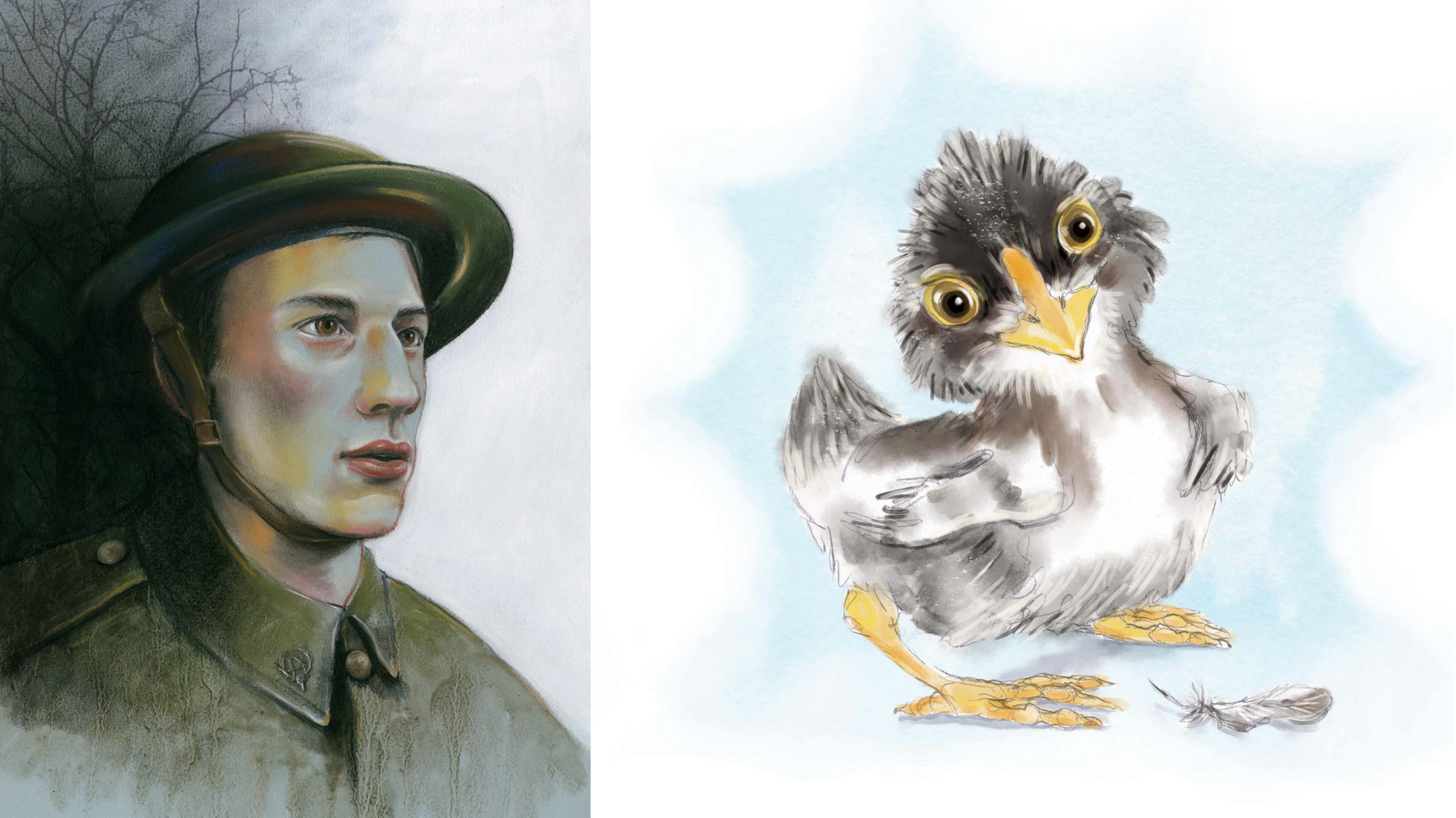
I love to draw, I’ve done it all my life. It’s my passion and vocation, my happy place, and it’s also my job, it’s how I make my living. I illustrate picture books, do artwork for commercial commissions, and I participate in all the spin offs from those things. Festival appearances, workshop facilitation, school visits, etc. I am also a published author. This has been my work and career for 40 years.
When asked by a someone if I could illustrate the book that they have written in their spare time in the weekend or evenings when they are not at their own paid work, I’m put in mind of a scene from the TV series, I, Claudius, imprinted on my brain back in the late 70’s.
Claudius’s wife, Messalina’s sexual excesses led her to challenge the well-known prostitute Scilla to a contest to see who could take the most men in an evening; Messalina won easily. At the end of the scene, the prostitute gathered her clothing and said to the gloating and victorious wife, ‘See the thing is, for you this is a hobby. My hobby is gardening.’
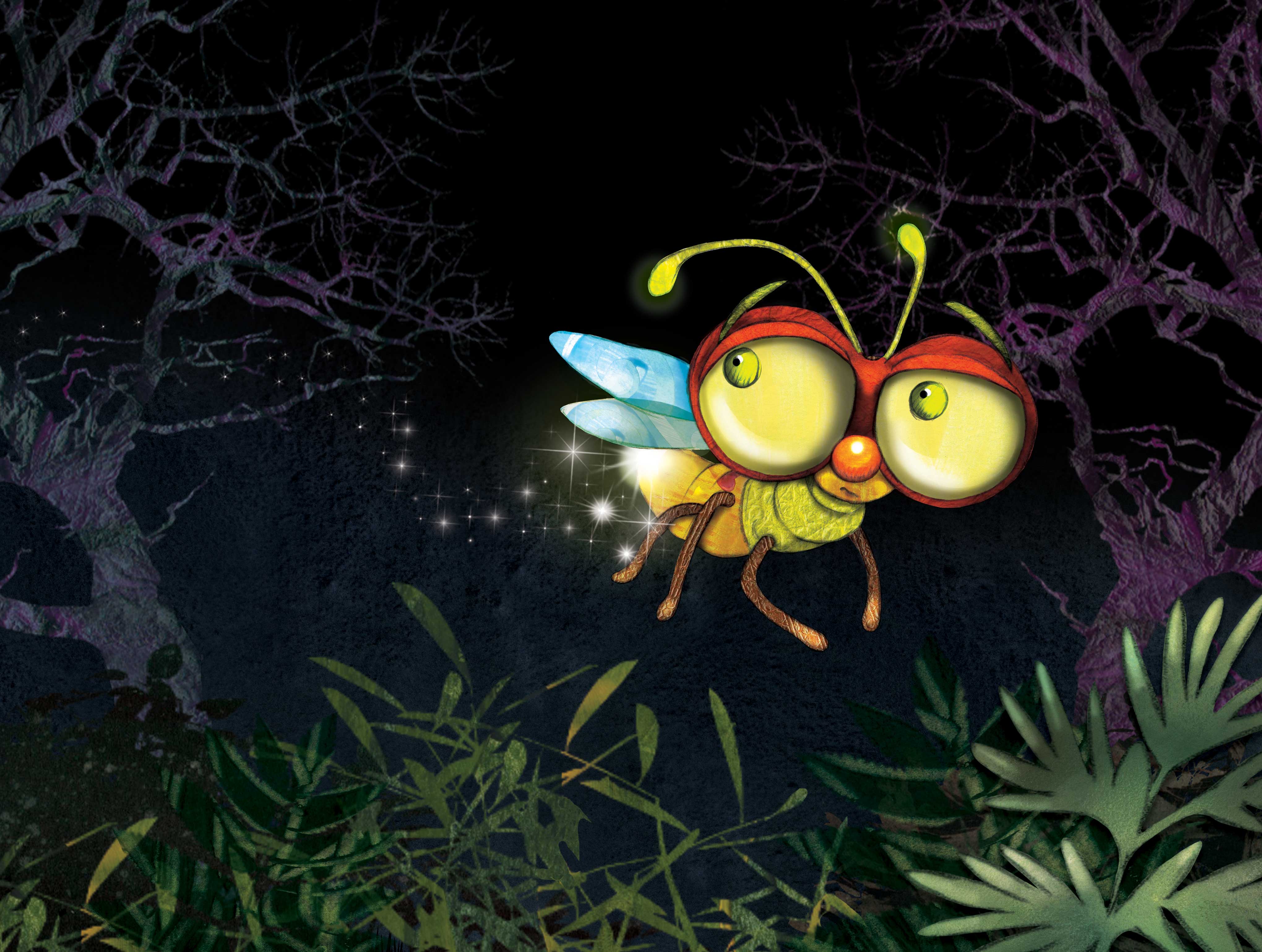
My hobbies are walking, watching Netflix and doing the odd spot of felting or craft thing that takes my fancy.
Whilst this might make me sound like I’m saying that I prostitute myself for art, I thought that it might be useful to do a breakdown of the cost to illustrate a book to explain why illustrators may not be falling over themselves to partner you in your first forays into publishing. A lot of harm has been done I feel, in the past by that character from Desperate Housewives, who dabbles away at her kitchen table with a bit of watercolour and manages to produce fairy-tale stories that, through no hard work at all apparently sell enough to keep her in a Wisteria Lane lifestyle to which she has become attached.
I thought that it might be useful to do a breakdown of the cost to illustrate a book to explain why illustrators may not be falling over themselves to partner you in your first forays into publishing.
Training
Most illustrators, though not all, train to tertiary level. This means getting into design or art school (if you have the chops), then 4 years of study and related costs.
Bachelor of Design at Massey University (based on today’s fees at 2021)
$6,950 per year (for 4 years)
Living costs per year (based on sharing a mouldy flat with 3 others, a colony of rats and a little help from your parents)
$16,016
Plus, you might want to do a Master’s as well, pushing that budget up. I did a MA in Creative Writing to add to my skill set in the writing and publishing industry.
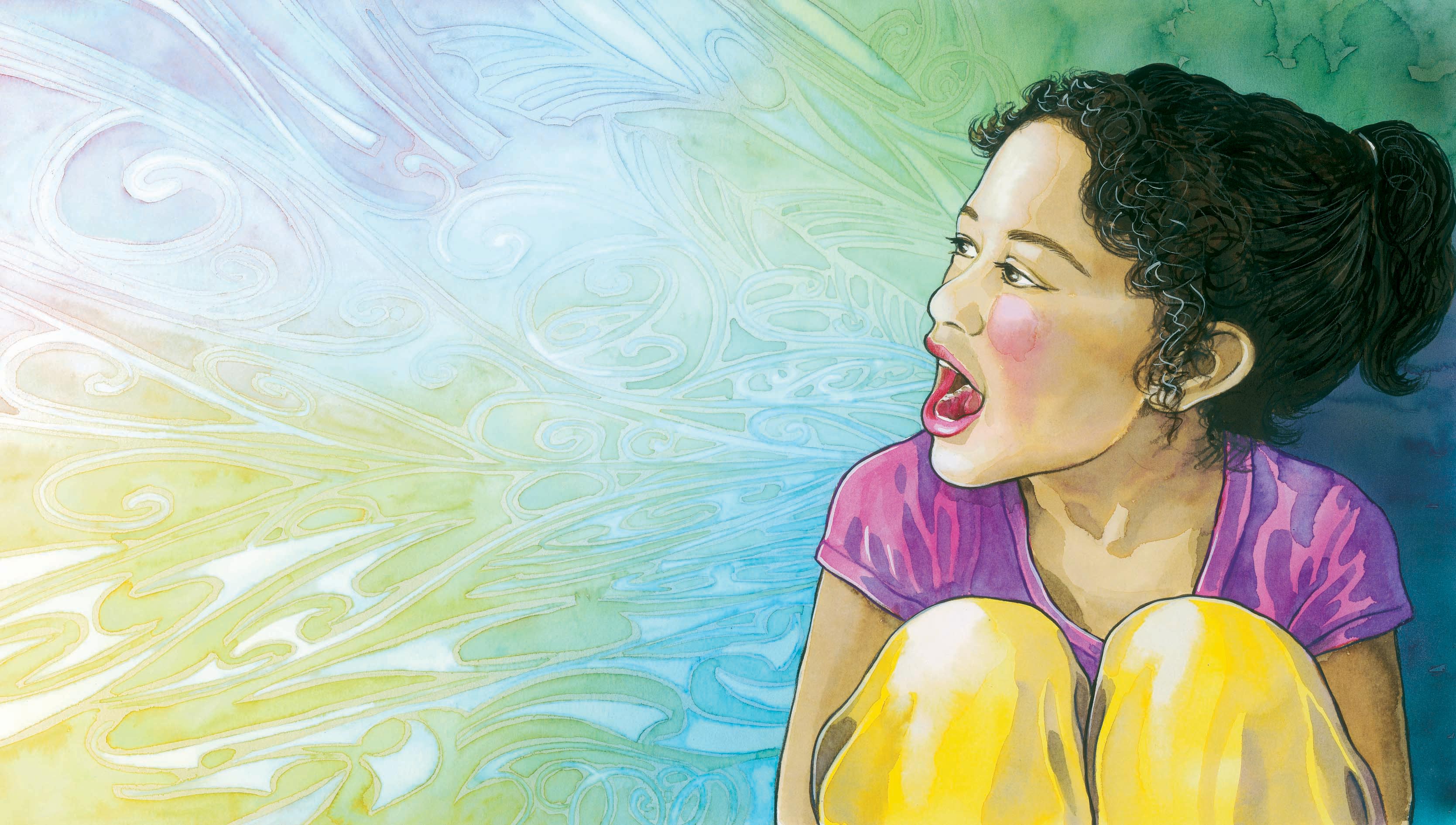
Studio overheads
Many illustrators pay for studio rent. Even if you work from home, you have power and broadband costs. Most spaces in studios cost around $200 per week. I’ll be generous and say that it costs $150 a week all up including power etc.
$7,800 per year.
Equipment
Back in the day, illustrators worked on expensive watercolour paper with brushes, paints, and many sheets of layout paper to create 15 double page spreads for a picture book. Now many of us use Photoshop or an equivalent software programme and pay a monthly subscription of between $22 to $78 depending on the package of creative cloud tools needed. Most illustrators use 2 packages, so let’s split the difference and make it $50 a month, which covers a little extra for buying digital brush packs.
$600 per year.
Most illustrators use 2 packages, so let’s split the difference and make it $50 a month, which covers a little extra for buying digital brush packs.
We also need to update our computing systems and drawing tablets.
My current system of a Wacom Cintiq (tablet/screen) and laptop capable of running the programmes I use cost around $6000. Add in a printer and consumables ($700) and then upgrade every 4 years.
$1,675 per year, similar to what my art supplies bill was. I still buy art supplies too, for the odd job that needs hard copy and for workshops I run.
Admittedly, once you have got your degree/s you won’t need to pay more, but you probably
will have a student loan that needs to be paid back unless you have a benefactor. Even taking out the degree cost, we are covering $26,091 per year, just to do our job. And at this point I haven’t added in the cost of a desk, chair, tea, coffee, toilet paper, stationery—anything that your workplace would be required to supply you.
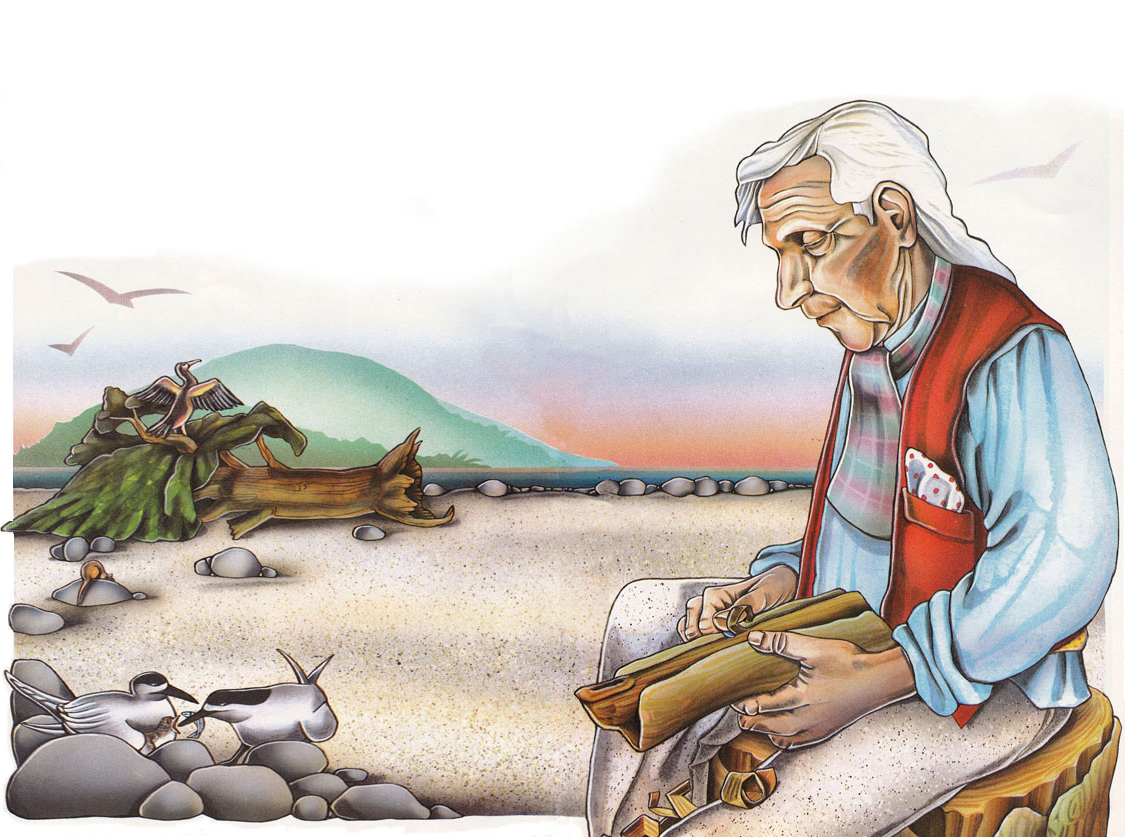
Research
Just like authors, illustrators also need to do copious research for their work. This can include hours on the internet looking for that particular accurate reference you need of a WW1 medic, or maybe the Shetland pony the author has written in, sometimes on a bicycle, wearing pyjamas. If you can’t find the photo reference you need, you have to go and look for it yourself, in museums, on farms, on road trips. Don’t forget your smartphone with a decent camera! ($500 plus) and car running costs of $3000.
Returns
The average 32 page picture book takes around 3 months full time at your desk to illustrate. Advances on royalties are anywhere from $1000–$5000 depending on the relationship with your publisher and their expectations for its sales. Some books, by the time they are out of print, have never paid off their advance, and some exceed that by many thousands. Most illustrators, splitting the royalties with the author 50/50 can expect to earn around $3000–$10,000 (the latter if they are on a winning streak) from the book sales, most of which are in the first year. You need to illustrate at least 4 books a year with good residual income coming in from previous years to turn any sort of a profit. It’s a gamble, with high money stakes.
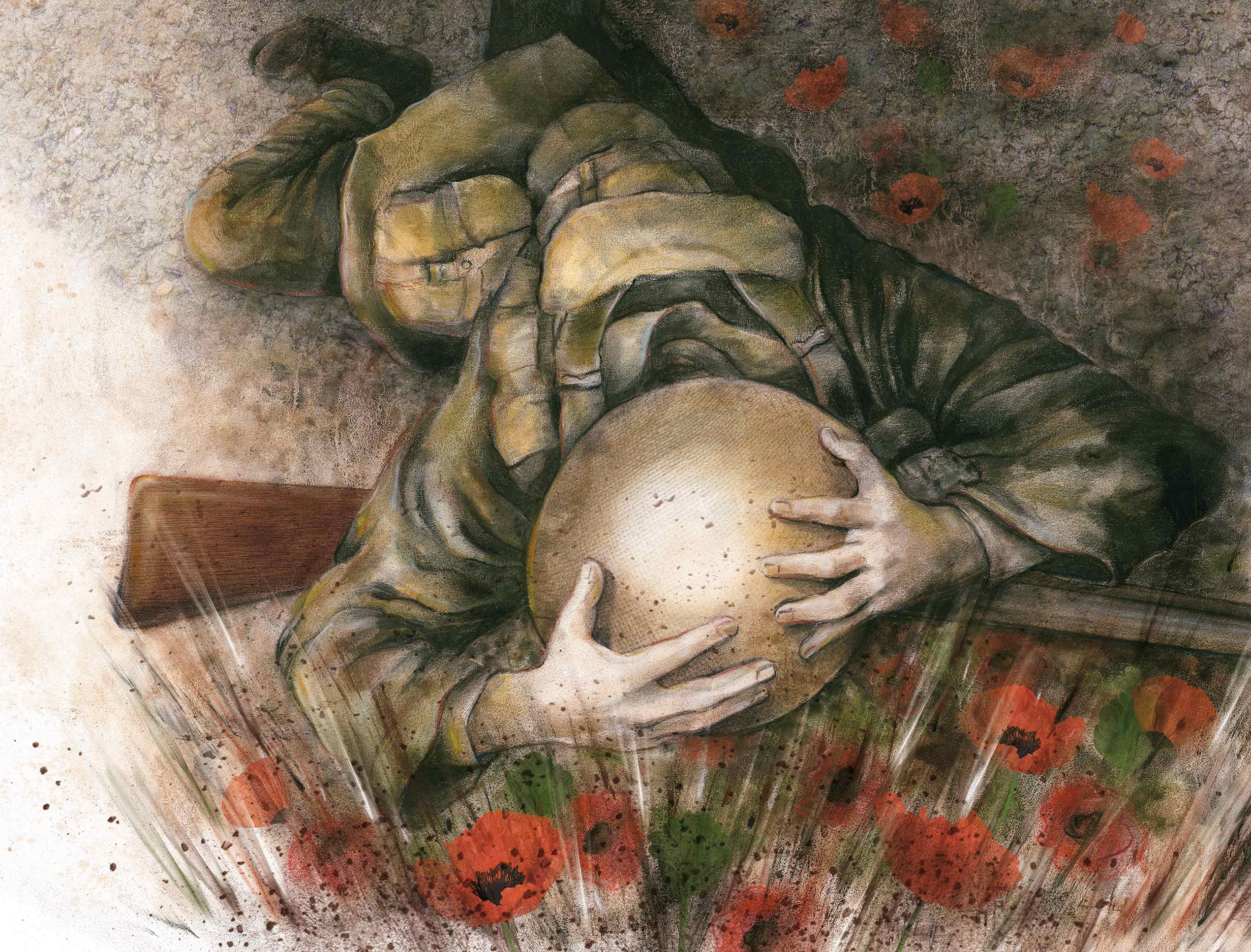
Most of us have other income streams from facilitating workshops, school visits and educational illustration. There is simply not enough time in the year to work on more than two trade picture books without sinking into debt. And I am struggling to name one illustrator who has a partner earning excellent money in the background so they can, like the Desperate Housewife, pootle away on pictures of princesses in castles whilst wondering which designer clothes to wear.
There are also the years of experience plying our trade which need to be taken into consideration, and our areas of expertise. I’ve been illustrating for 40 years now and writing for 20 of them. I can draw pretty much anything, but I can’t do good cartoons. You’d be amazed at how many requests I get for illustrating someone’s unwritten ‘graphic novel’ concept, though there is not one single scrap of evidence in my portfolio that I can or want to do that.
I’ve been illustrating for 40 years now and writing for 20 of them. I can draw pretty much anything, but I can’t do good cartoons.
Please also note that giving the artist copious illustration notes is very much like telling your surgeon where to cut and stitch. Just don’t. Double that don’t if the illustrator is also a published author, and this is your first piece of writing.
This is why, when, as a self-published author, you might hit the stony silence of unanswered emails when requesting the skills of an artist with your offer of nothing upfront ‘and then we can split the royalties!!!’
They are not ignoring you, just sighing deeply, ‘What royalties? there will be none.’ The median wage in NZ is $53,040, so unless you can cover 3 months plus overheads ($22,395) you are unlikely to get a response. However, if you have a wheelbarrow of cash, we are all yours. Sluts, the lot of us, and even then, we do have standards. Make your work good (use a mentor, use a manuscript assessor, use an editor).
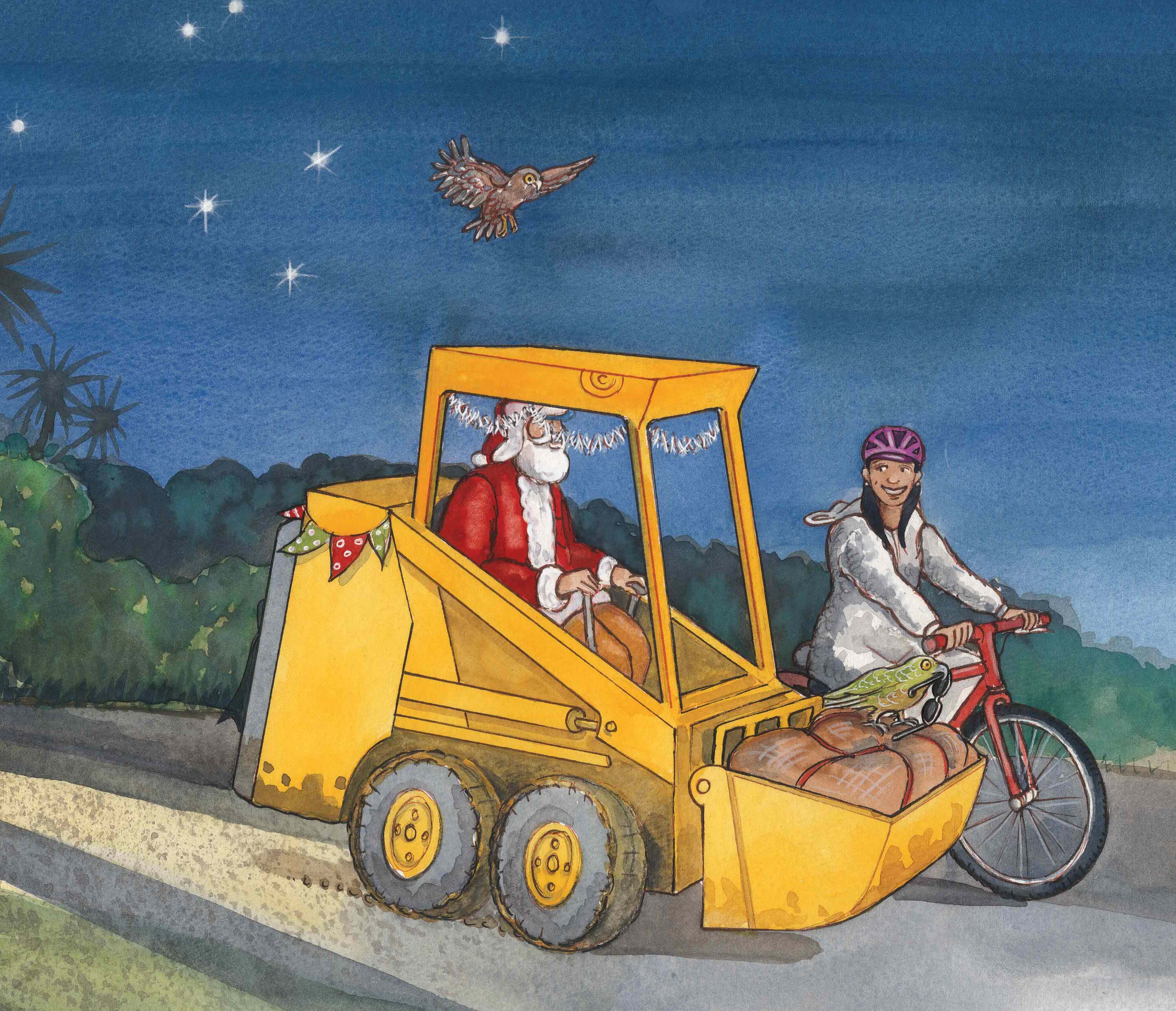
And when you are finally interviewed by Kathryn Ryan on RNZ, don’t forget to mention the artist who brought your work to life. The pictures attract visual attention in the bookshop, enough for people to stop, pick up the book, run their hands over the pages soaking up the imagery, and then, only then will they start to read.
Basic yearly costs to cover without profit:
$ 6,950 – training
$16,016 – (very) basic living costs
$ 7,800 – studio overheads
$ 600 – equipment
$ 1,675 – IT/digital
$ 500 – phone
$ 3,000 – car running costs
$36,541 Total

Fifi Colston
Fifi Colston is a freelancer with fingers in many creative pies. She is a published junior fiction novelist, children’s book illustrator of more than 50 titles, poet and a long-standing television presenter of arts and crafts on firstly TVNZ’s WhatNowand then TheGoodMorningShow. Fifi is a veteran of Wearable Arts; a finalist and award winner over 26 years with 26 entries in show. She also works in the New Zealand film industry as a costumier, puppet maker and illustrator.
When she has a moment, Fifi visits schools and community groups, inspires budding artists and writers and runs workshops in creative process. You can find her at fificolston.com.



